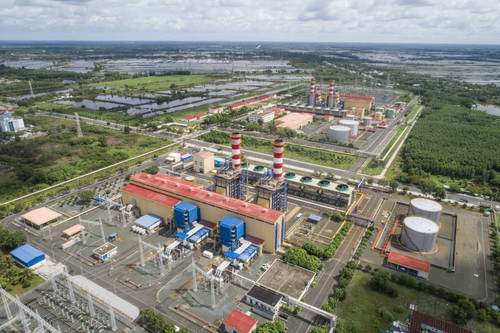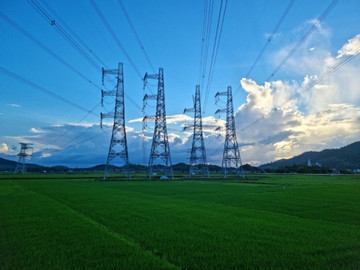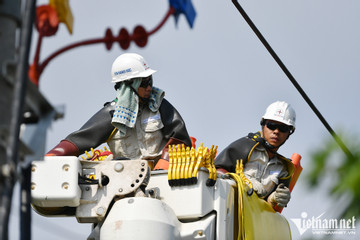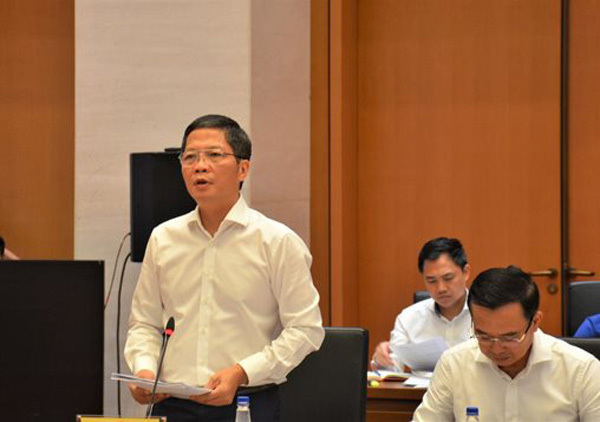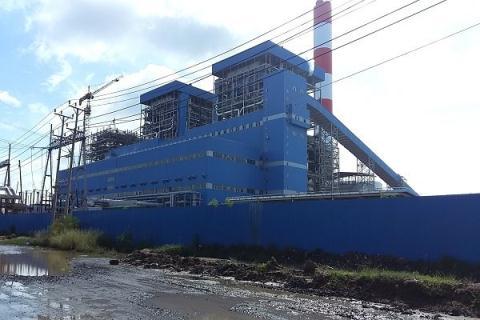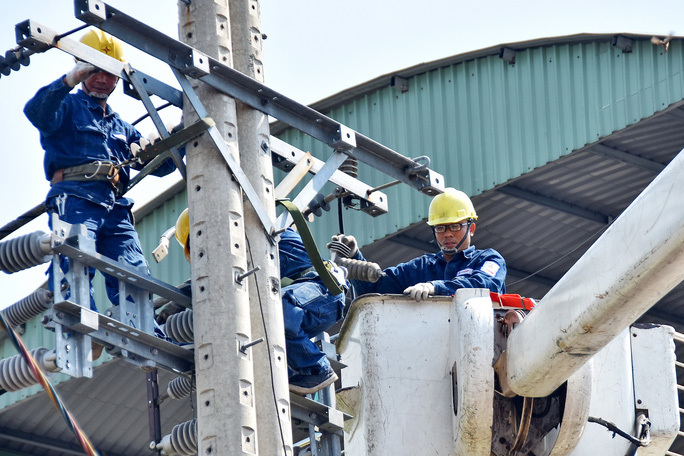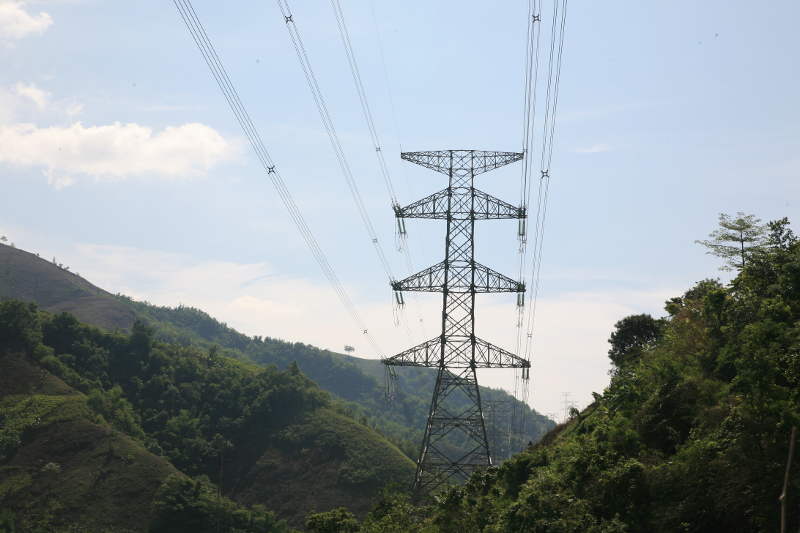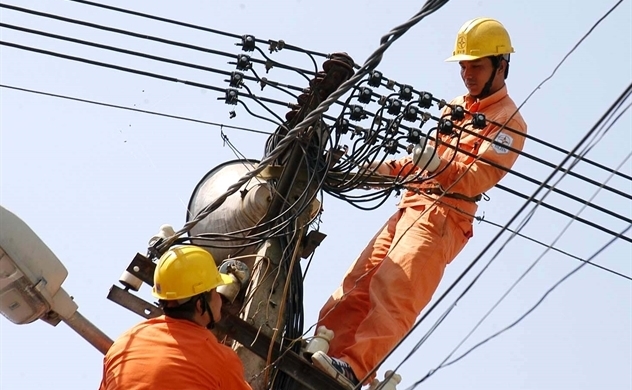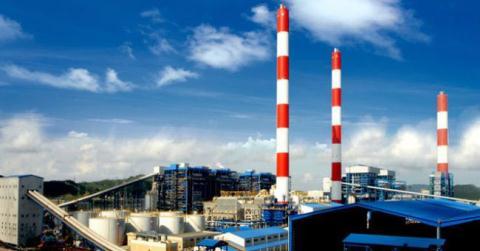- © Copyright of Vietnamnet Global.
- Tel: 024 3772 7988 Fax: (024) 37722734
- Email: evnn@vietnamnet.vn
electricity shortage
Update news electricity shortage
Will private investment help Vietnam solve the electricity shortage problem?
Vietnam has experienced a severe summer because of electricity shortages which caused a loss of billions of dollars. Some experts believe that if the government lets private investors join the power sector, the problem will be solved.
Northern region warned of electricity shortage
Warnings of an electricity shortfall during the summer have been issued to the northern region of Vietnam by Electricity of Vietnam.
Warning about electricity shortage, Vietnam to import power from Laos
Anticipating an electricity shortage, the Ministry of Industry and Trade (MOIT) has asked permission from the Prime Minister to import electricity from Laos and develop transmission lines to bring electricity from Laos to Vietnam.
Vietnam needs US$8-10 billion for electricity investment annually
Given the increasing demand for electricity, Vietnam needs US$8-10 billion for electricity investment annually, Minister of Industry and Trade Tran Tuan Anh said at a meeting on Monday, September 7.
Social organizations propose to stop licensing new coal-fired thermopower projects
 Since the government is pursuing a consistent policy not to sacrifice the environment for economic development, coal-fired thermopower projects will no longer be developed.
Since the government is pursuing a consistent policy not to sacrifice the environment for economic development, coal-fired thermopower projects will no longer be developed.
Rivers, reservoirs near depletion, electricity shortage anticipated
 Vietnam's most important hydropower reservoirs are lacking a total of 11 billion cubic meters of water compared to normal levels.
Vietnam's most important hydropower reservoirs are lacking a total of 11 billion cubic meters of water compared to normal levels.
Electricity shortage in Vietnam anticipated, price increase considered
 The solution of using electricity from oil-run power sources will increase the production cost by VND14 trillion, which will put pressure on electricity prices.
The solution of using electricity from oil-run power sources will increase the production cost by VND14 trillion, which will put pressure on electricity prices.
Supply exceeds demand, but Vietnam still imports electricity
 Installed power capacity has increased sharply in recent years, but Vietnam is still suffering from an electricity shortage.
Installed power capacity has increased sharply in recent years, but Vietnam is still suffering from an electricity shortage.
Vietnam may increase imports from China to ease electricity shortage
 In the context of a serious electricity shortage, importing electricity from China is unavoidable.
In the context of a serious electricity shortage, importing electricity from China is unavoidable.
As coal and water sources decline, Vietnam thinks of nuclear power again
 Solar power is booming in Vietnam, but the output is not high enough to satisfy domestic demand.
Solar power is booming in Vietnam, but the output is not high enough to satisfy domestic demand.
Warning of electricity shortage, Vietnam seeks energy savings
 The demand for electricity merchandise will be high in the upcoming years: 235 billion kwh, 352 billion kwh and 506 billion kwh by 2020, 2025 and 2030, respectively.
The demand for electricity merchandise will be high in the upcoming years: 235 billion kwh, 352 billion kwh and 506 billion kwh by 2020, 2025 and 2030, respectively.
Vietnam considers importing more electricity from China
 The Ministry of Industry and Trade (MOIT) said Vietnam will have to increase the import of electricity from Laos and China.
The Ministry of Industry and Trade (MOIT) said Vietnam will have to increase the import of electricity from Laos and China.
Renewables make up electricity shortage in shrimp farming
VietNamNet Bridge – Owners of shrimp-breeding ponds pay VND50-200 million for electricity per hectare per crop, accounting for 10 per cent of their total cost of aquaculture production.
Fear about electricity shortage blazed up
The precocious summer this year with the sun turning up right in early March has led to the higher than expected electricity consumption.
EVN too lazy to generate electricity
The Electricity of Vietnam (EVN), the only electricity distributor, complains that the input production costs have increased since power plants have to run on FO and DO in the dry season.
